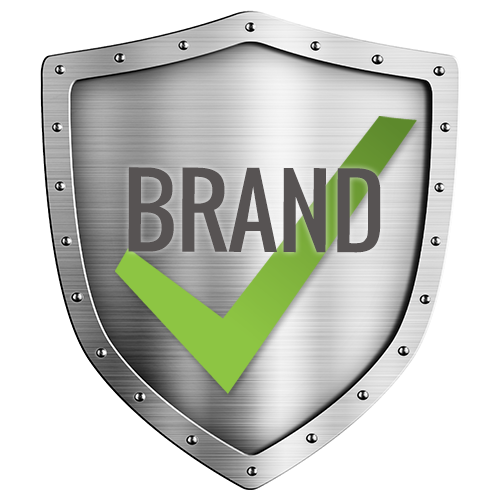Brand Protection In Online Advertising: 4 Simple Tactics for 2016
Jan 5, 2016
Affiliate Managers, Agencies, Marketing Teams

 If you build it, they will come, right? Sure. But, when you build a successful brand, you attract the bad with the good.
In this case, the "bad" are advertisers who intentionally or unknowingly hurt your brand and advertising performance by abusing your brand in online ads. As a marketing manager, your job is to catch and deter the violators, and protect your trademarks from infringement by affiliates, partners, and competitors. But how?
Here are the 4 most popular tactics used by The Search Monitor's clients at the start of 2016:
If you build it, they will come, right? Sure. But, when you build a successful brand, you attract the bad with the good.
In this case, the "bad" are advertisers who intentionally or unknowingly hurt your brand and advertising performance by abusing your brand in online ads. As a marketing manager, your job is to catch and deter the violators, and protect your trademarks from infringement by affiliates, partners, and competitors. But how?
Here are the 4 most popular tactics used by The Search Monitor's clients at the start of 2016:
1. Brand Bidding on Paid Search
Brand bidding is the new way to improve paid search campaign performance. Why? For every advertiser you remove from bidding on your branded terms, The Search Monitor's data show that you increase the volume of your most profitable clicks. It starts by getting a list of everyone who is brand bidding on your most important terms, and then drilling down to who should and shouldn't be there. This list is generated by monitoring paid search ads on mobile and desktop. You will get access to key brand bidding metrics such as keywords, ad copy, domains, locations, search engines, times seen, rank, and frequency. With this knowledge comes great power to remove unwanted brand bidders, lower CPCs, and increase click volumes.2. Rank Rules on Paid Search
Many advertisers set strict rules for partners about where they can rank for certain branded and non-branded keywords. But do these partners obey them? The Search Monitor's data shows that violations are common. The solution is to monitor where your site is winning and losing in the paid search rankings. Use an ad monitoring tool to set up custom rank rules and get alerted when partners or competitors out-rank you. A rank restriction report can be used to:- Research average rank by engine across date range or keyword list
- Make and defend CPC adjustment decisions by keyword
- Ensure your average rank is trending in the right direction
- Discover affiliates or new competitors outranking your site
3. Brand Violations in Organic Search Listings
While it's easier to focus on higher CPCs from brand violations in your paid ads, violations can also happen in organic listings. It's fairly easy to find instances of competitors and affiliates abusing your brand in organic search results, and this can be done by your vertical, keyword list, or by individual competitor. The Search Monitor recommends setting up automated weekly reporting on brand violations in organic results, and making sure to focus on all sections of the results page, including sitelinks, maps and images. Once you have this proof, it becomes a lot easier to work with partners (and the engines, if needed) to remove brand violations.4. Brand Violations on Blogs and Landing Pages
Brand violations extend further than search engine results pages, onto blogs and landing pages used by partners and competitive advertisers. An effective brand protection tactic for 2016 is to set up content monitoring across the web using your specific brand rules. Examples of how to use content monitoring for brand protection are:- Finding affiliates who are incorrectly using your brand name or branded images on their blogs
- Finding affiliates who are unapproved to use your brand names on their blogs
- Identifying resellers incorrectly using your brand on their sites
- Identifying resellers who are approved to bid on your brand terms, but send traffic to a landing page where they advertise competitive brands












